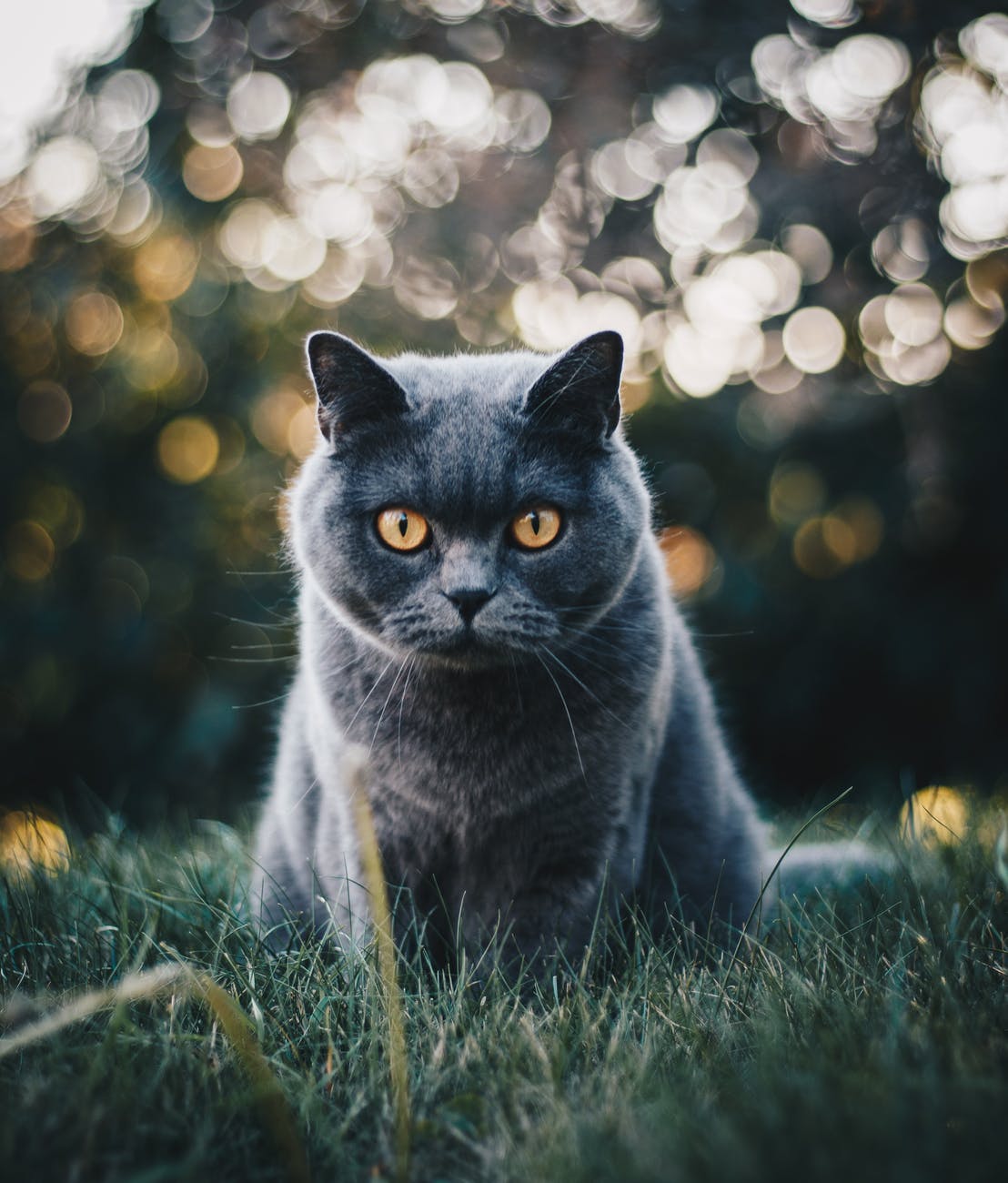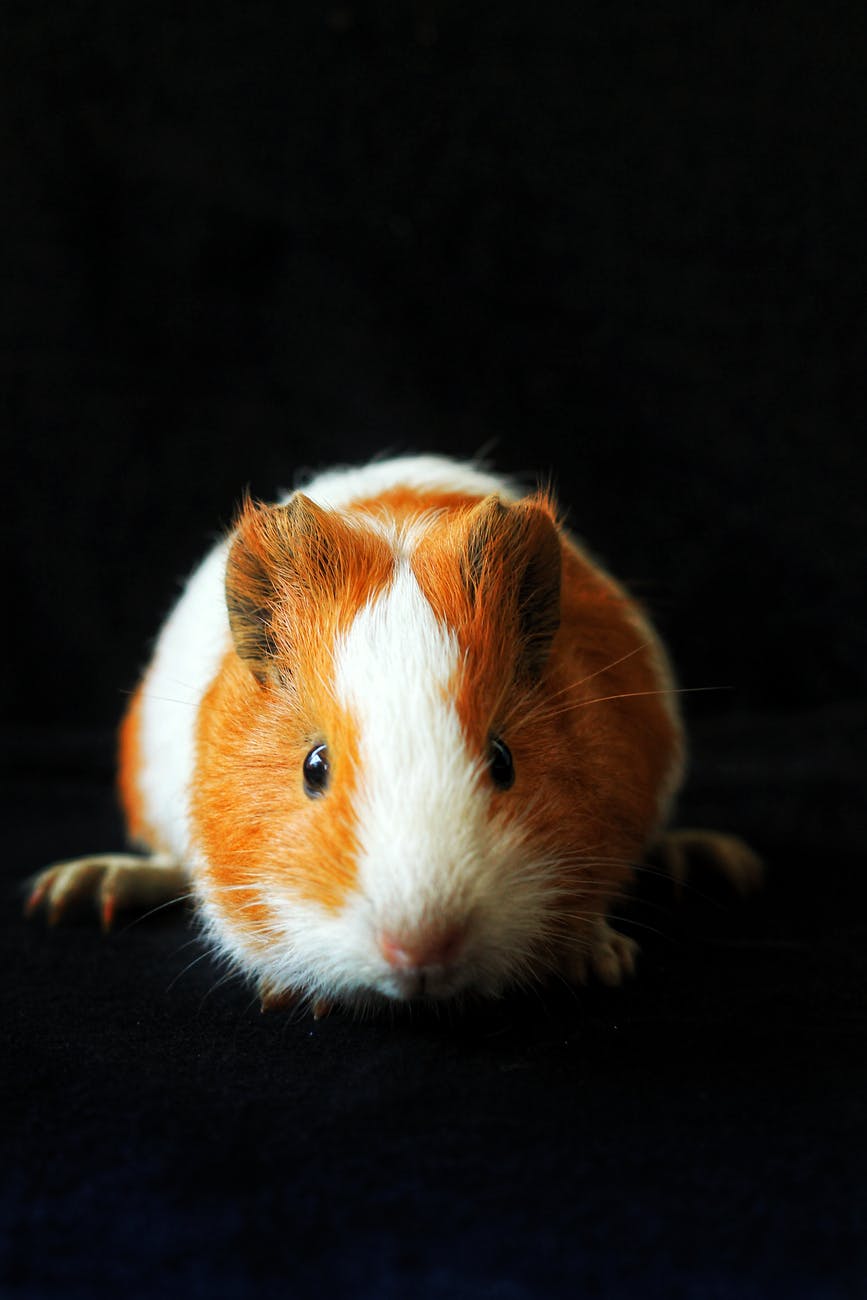Researchers say the results are convincing. They are surprised that it has taken this long to establish that transmission can occur, given the scale of the pandemic, the virus’s ability to jump between animal species, and the close contact between cats and people. “We’ve known this was a possibility for two years,” says Angela Bosco-Lauth, an infectious-disease researcher at Colorado State University in Fort Collins.
First reported case of a person getting COVID from a cat — https://www.nature.com/articles/d41586-022-01792-y

Deer too. https://www.nature.com/articles/d41586-022-01112-4

Don’t forget about hamsters. https://www.nature.com/articles/d41586-022-00322-0

Or mink mutations…
Fonager says researchers in Denmark have sequenced viral samples from 40 mink farms and identified some 170 coronavirus variants. He adds that in viral samples from people — representing about one-fifth of the country’s total COVID confirmed cases — they’ve found some 300 people with variants that contain mutations thought to have first emerged in mink. “That is something we really want to keep a close eye on.”
COVID mink analysis shows mutations are not dangerous — yet — https://www.nature.com/articles/d41586-020-03218-z
A friend of mine with relatives in Sweden said they had to kill many hundreds of mink. I guess it was preventive.
The Nature article gave a figure of 17 million minks killed.
That’s horrible